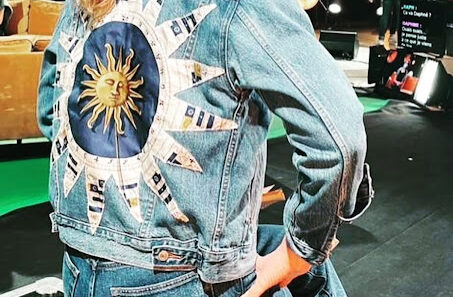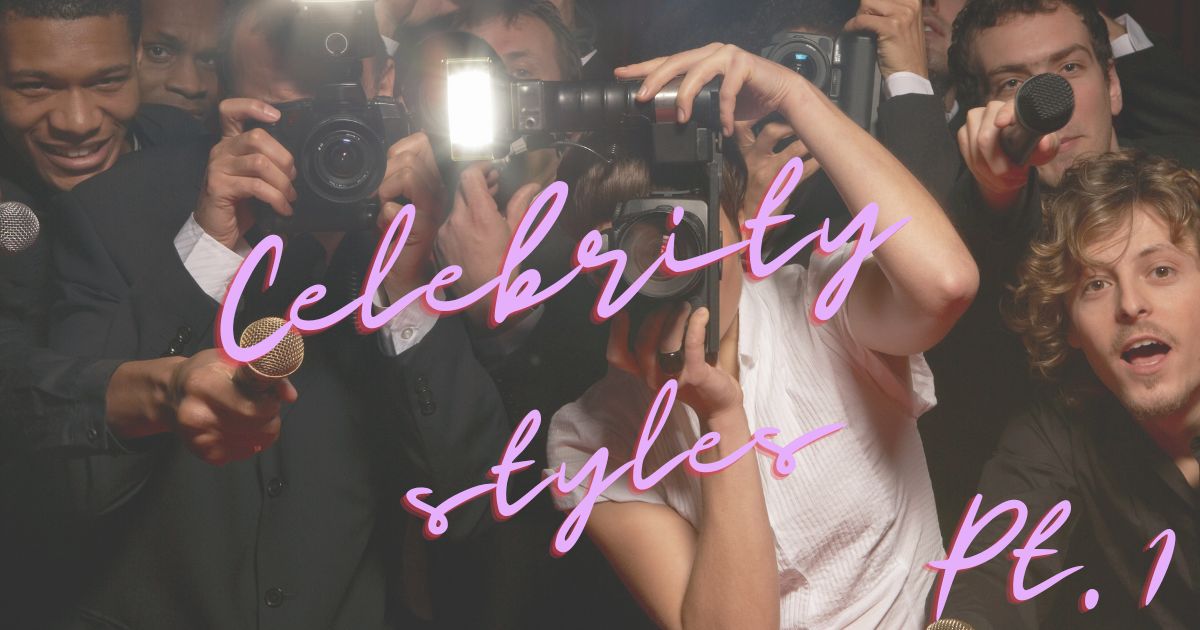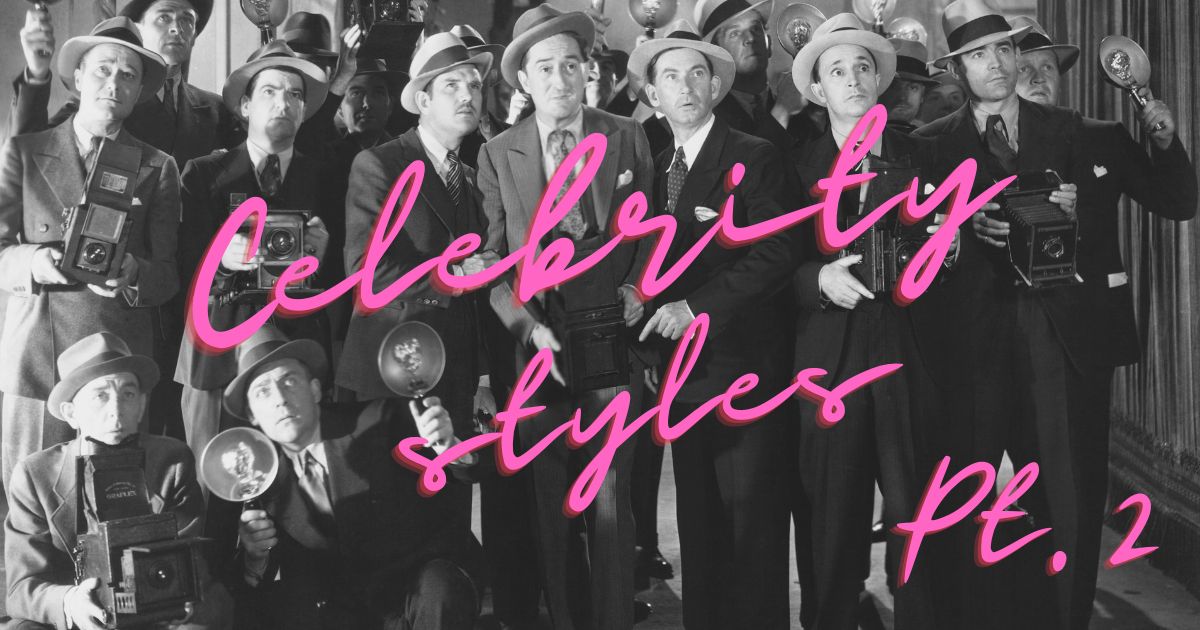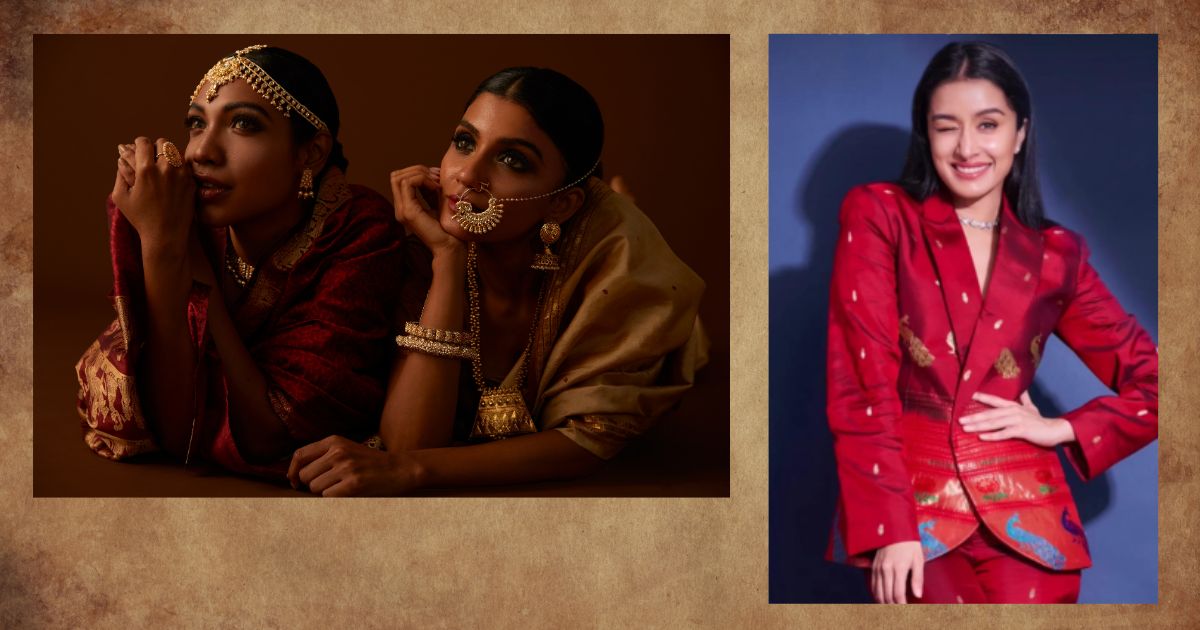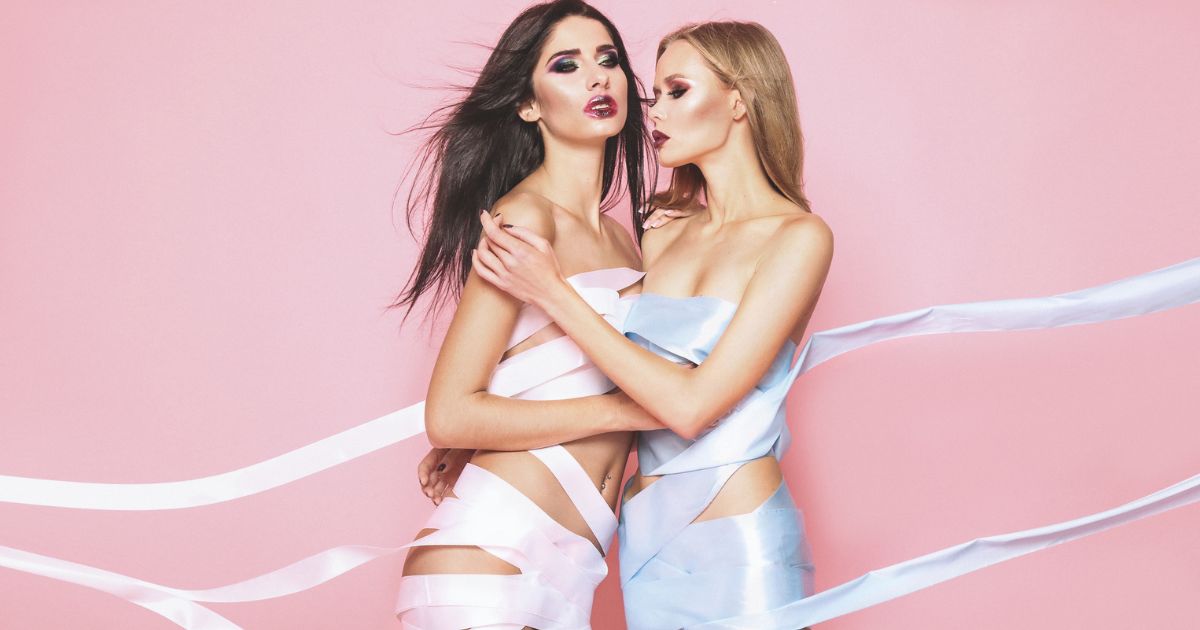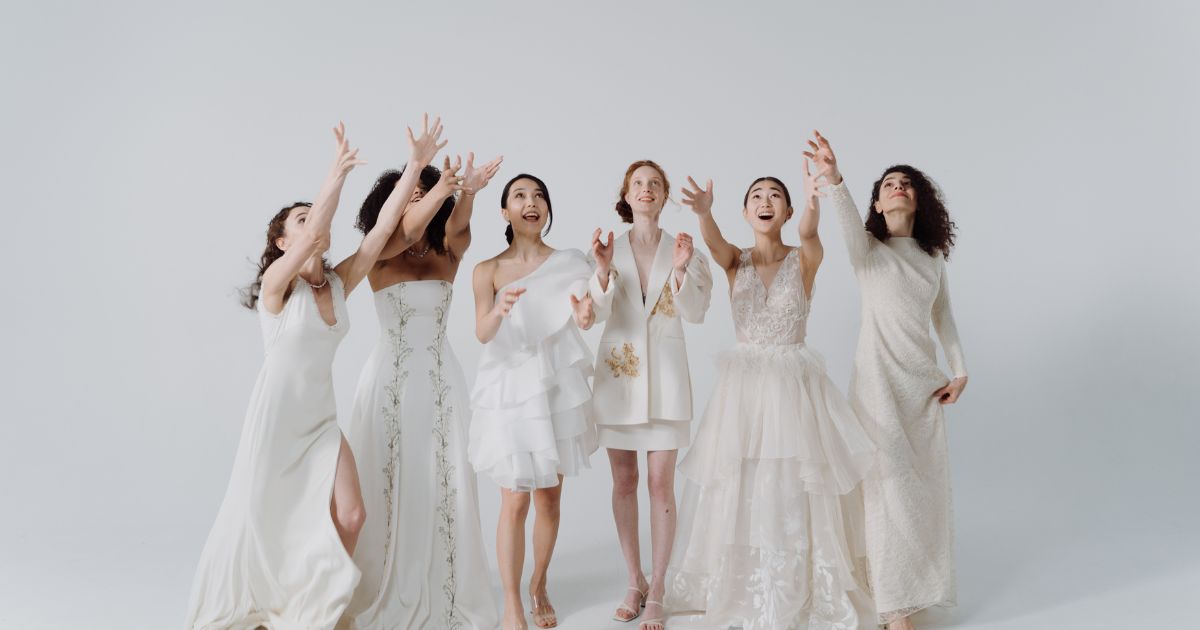“It doesn’t have anything to do with how the world perceives you. What matters is what you see,” Gabourey Sidibe, This is exactly what body positivity is trying to convey. It is teaching the world to unsee and let one perceive what one wants to. A great contributor to such movements is the fashion industry. Amongst everything that is changing, the fashion world is something that has been constant in influencing how one wants to look. Fashion has been influencing everybody’s life, either directly or indirectly, and inspires one to feel confident while at the same time making one feel diffident.
Not a long time ago, when we clicked on our favourite social media apps, we saw the advertisements that we despised while watching our favourite show, and when we flipped through our favourite magazine all of these featuring slender, tan-free, fair, graceful society deemed acceptable bodies, we wished and dreamed of. For the longest time, one part of the fashion industry did exactly this, while the other tried to promote the body positivity movement. Body positivity is the acceptance of all bodies without regard to their shape, size, colour, or features, and it focuses on one’s health rather than how one looks.
The fashion industry has been promoting body positivity ever since the 1850s. The Victorian reforming fashion movement left an impact on the women to wear comfortable rather than fitting in corsets and other under garments to avoid harm to women’s health. Women in that era went through pain, this for the ‘reform women’ seemed like a problem. It was definitely not as easy as putting on a bra, a panty, a pair of pants and a shirt as it is now. It took physical pain for women to look fashionable and to fit in. The women who fought for this reform did see fashion brands like Lucille and Chanel and journals such as Wiener Mode talk about comfortable gowns, bringing changes in how they made dresses, light and comfortable on a daily basis, and actresses and singers followed.
As old as it goes back to dressing comfortable, the fashion industry has now left an impact on seeing oneself comfortable and allowing to see another just more than their looks and not asserting on one, how they should look. The industry witnessed brands like Forever 21, Calvin Klein, Victoria’s Secret, and Decathlon take a step towards introducing a plus size product line. Fashion brands are working like reform women to bring about a change, allow people to wear what they want to fit into and allow them to see themselves like they want to be seen and to turn labels into mere measurements and customisations. Talking about brands, the fashion industry is to see just beyond the premium brands. There are brands which promotes the movement and not just the movement but to make one feel comfortable. Few such brands are to be mentioned.
TomboyX
Their tagline being “We Fit You.”, is a gender-affirming underwear and swimwear. Naomi and Fran the founders of the brand found it difficult to find wears and ended up making one of their own. The brand’s gender-neutral underwear making it hard in a fun way for their customers to choose.
Amydus:
Amydus, India’s own local brand. They make silhouettes for all Indian body types ranging from XS to 7XL at reasonable prices making them an ideal shopping destination. Lush Cosmetics: A brand that saw it important to feel good rather than look good. They used models from their own fraternity for a long time up until recently, after which they got in models to represent inclusivity but never altered how they looked.
True Browns:
Another brand that champions fashion inclusivity is True Browns. They offer simple yet statement pieces with an option to customise your clothes.
Gucci:
The luxury brand, started its latest mascara campaign starring Ellie Goldstein, an 18-year-old model with Down’s syndrome.
Sustainable fashion brands are taking initiative to be as inclusive as possible as the concept is quite new, they are trying to bring in inclusivity. Brands like Girlfriend Collective has inclusive sizing that ranges from XXS-6XL, Mara Hoffman offers sizes XXS-2XL are some examples of how brands are finally starting to realize and listen to the fact that human beings come in all shapes and sizes.
Having seen fashion brands move towards areas of inclusivity and positivity, there is fashion on social media that has grown over the years and that is having an impact. Good or bad you ask? Both we say. From Actors, Artist and Models bringing in brands that offers body positive products and posts to other such actors, models and artist giving an unrealistic view to how one’s body is perceived there is going to be both good and bad impacts. Just to look into the good, from Tillotama Shome, Kalki, actresses, performing bold roles posting about body hair, to Demi Lovato, Mindy Kaling talking about how one should celebrate their bodies, social media is making a change. Product lines finding it easier to bring about their products to the audience and people finding it easy to locate their liking, social media is making a change.
From what it was a century or two ago we of course have come a very long way. We see magazine covers with inclusivity and advertisements not just with models and actors who not only take on roles we can relate to, but also live their lives offscreen with the same amount of relatability. Yes, of course there is far way to go. Fashion brands bring in lines and once attained popularity deviate to the social norms leaving us spiralling, asking the nicest question yet leaving one doubting about one’s body and of course majorly body positivity is main streamed talking just about sizes while its way beyond measures, it’s about one’s skin and how they want to look in their skin, it’s about one’s body hair and how one wants to wear it. Fashion brands could be a great contributor here, allowing one to feel confident and finding ways to eliminate things that make one feel diffident. To eliminate the negative and promote the positive, fashion brands and we as individuals need to work towards.






